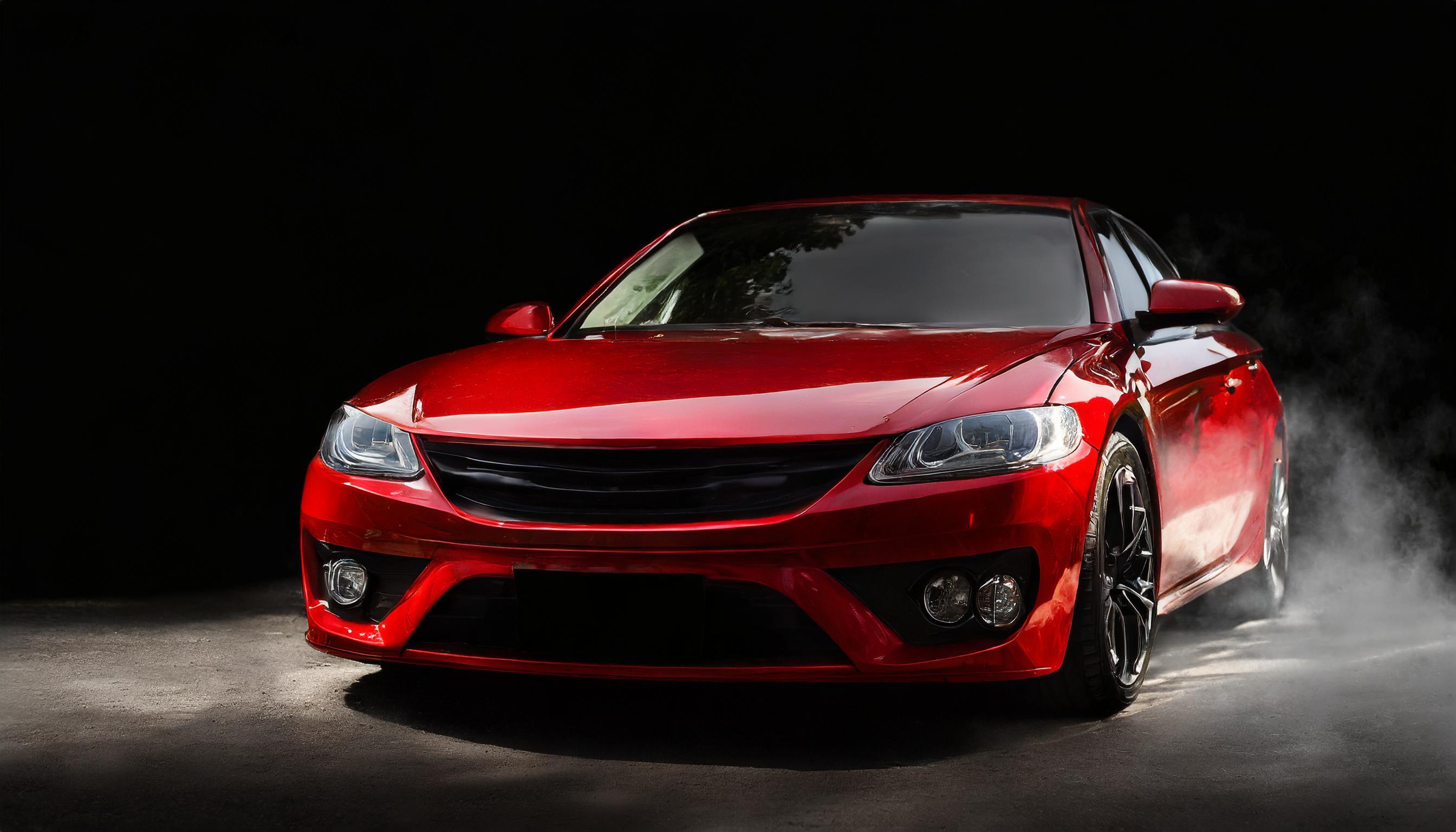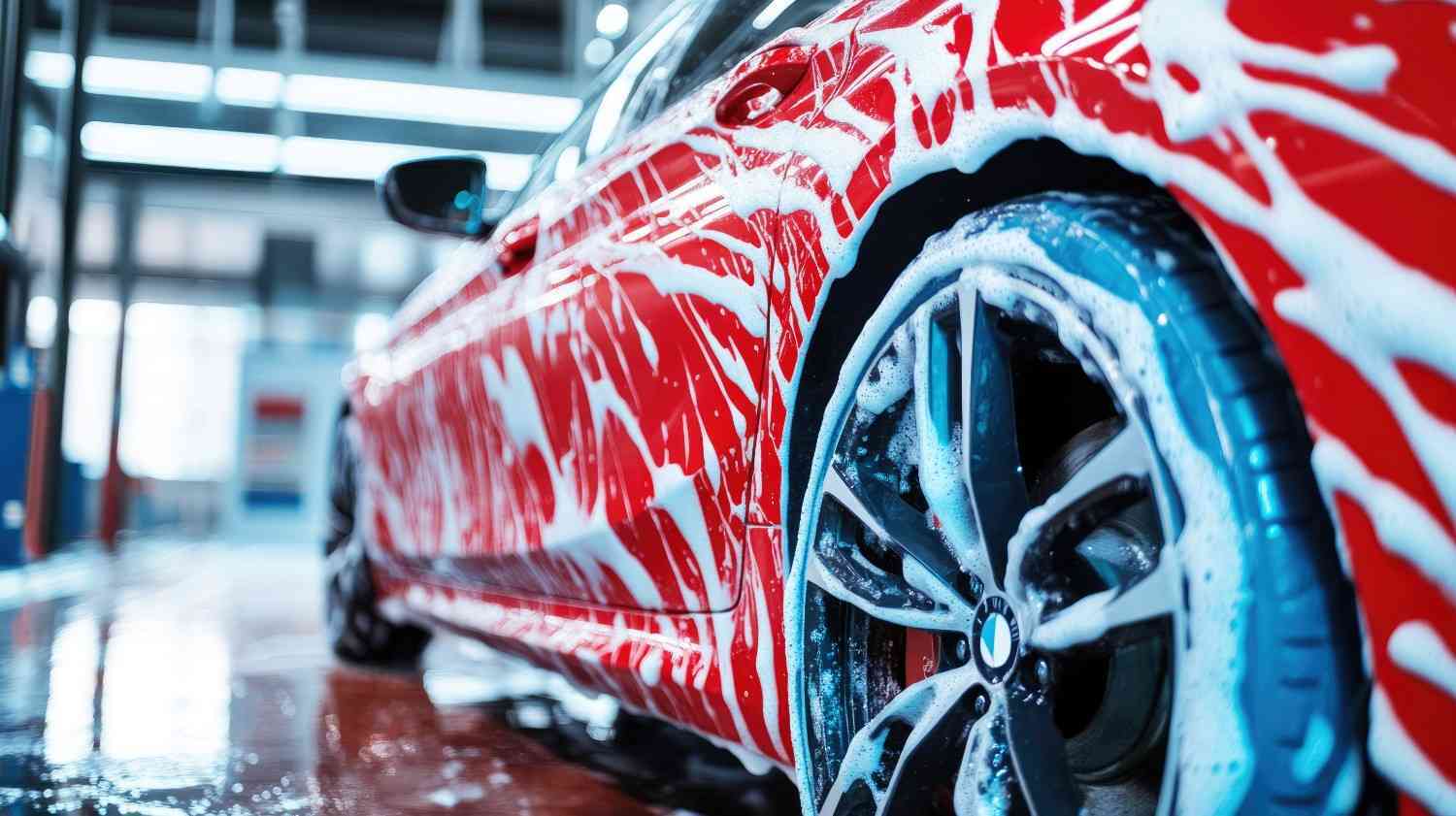Vinyl wraps have revolutionized vehicle customization, offering car enthusiasts a versatile and cost-effective way to change their vehicle's appearance. Whether you're aiming for a sleek matte finish, a vibrant color shift, or a unique graphic design, vinyl wraps provide an array of options to express your style. However, to ensure your vehicle wrap maintains its pristine condition and longevity, proper care and maintenance are essential. Neglecting this can lead to premature wear, discoloration, and a diminished aesthetic appeal.
In this comprehensive guide, we'll delve into the importance of vinyl wrap care, effective cleaning methods, protective measures against potential damage, safe removal techniques, and we'll address frequently asked questions. By adhering to these guidelines, you can keep your wrapped vehicle looking impeccable for years to come.

Why Taking Care of Your Vinyl Wrap Is Important
A vinyl wrap not only enhances your vehicle's visual appeal but also serves as a protective layer over the original paintwork. Proper maintenance is crucial for several reasons:
- Preservation of Appearance: Regular upkeep prevents issues like fading, staining, and peeling, ensuring the wrap retains its vibrant look.
- Extended Lifespan: With diligent care, a high-quality vinyl wrap can last between 5 to 7 years, offering long-term aesthetic benefits.
- Protection of Underlying Paint: The wrap acts as a shield against minor abrasions, UV rays, and contaminants, safeguarding the original paintwork.
- Cost-Effectiveness: Maintaining the wrap reduces the likelihood of needing expensive repairs or replacements.
In essence, proper care not only keeps your vehicle looking its best but also protects your investment.
Best Ways to Clean a Vinyl Wrapped Car
Regular cleaning is paramount to maintaining the wrap's appearance and preventing damage. Here are some best practices:
Hand Washing
- Frequency: Wash your vehicle at least once a week or more often if exposed to heavy pollutants or dirt.
- Materials: Use a mild automotive detergent and a soft, clean sponge or microfiber cloth.
- Technique: Gently wash the surface, avoiding aggressive scrubbing. Rinse thoroughly with clean water to remove all soap residue.
- Drying: Use a clean microfiber cloth or a silicone squeegee to dry the vehicle, preventing water spots.
Hand washing is preferred as it allows for careful cleaning and immediate attention to any problem areas.
Avoiding Automatic Car Washes
While convenient, automatic car washes, especially those with brushes, can be detrimental to vinyl wraps:
- Brush Damage: The brushes can cause scratches, lift edges, or lead to peeling of the wrap.
- Harsh Chemicals: Some car washes use strong detergents that may degrade the vinyl material.
If you must use an automatic car wash, opt for a touchless one that relies solely on water jets and detergents without physical contact.
Spot Cleaning
Address contaminants like bird droppings, tree sap, or insect splatters promptly:
- Immediate Action: These substances can be acidic and may stain or damage the wrap if left unattended.
- Cleaning Solution: Use a waterless wash or a vinyl-specific cleaning solution with a microfiber cloth to gently remove the contaminants.
Regular spot-cleaning prevents long-term damage and maintains the wrap's integrity.
Protecting a Vinyl Wrap from Damage
Beyond cleaning, additional measures can be taken to protect your vinyl wrap:
Parking Considerations
- Shade: Whenever possible, park your vehicle in shaded areas or indoors to minimize prolonged exposure to UV rays, which can cause fading and degradation.
- Covered Parking: Utilizing garages or carports offers added protection against environmental elements.
Protective Coatings
- Ceramic Coatings: Applying a ceramic coating designed for colorful vinyl wraps can add a protective layer, enhancing resistance to contaminants and UV rays.
- Sealants: Vinyl-safe sealants can provide an additional barrier against pollutants and minor abrasions.
Before applying any product, ensure it's compatible with vinyl materials to avoid unintended damage.
Avoiding Abrasive Tools
- No Scrapers: Especially during colder months, refrain from using ice scrapers on wrapped surfaces, as they can scratch or lift the vinyl.
- Soft Brushes: For snow or ice removal, use soft brushes or cloths to gently clear the surface.
Handling the wrap with care during cleaning or adverse weather conditions preserves its appearance and longevity.

How to Safely Remove a Vinyl Wrap
Over time, you might decide to remove or replace your vehicle's vinyl wrap. Safe removal is crucial to protect the underlying paintwork:
Professional Assistance
Seeking professional help ensures:
- Expertise: Professionals have the necessary tools and experience to remove wraps without causing damage.
- Efficiency: They can complete the task more quickly and effectively than DIY methods.
DIY Removal
If you choose to remove the wrap yourself:
- Heat Application: Use a heat gun to gently warm the vinyl, making it more pliable and easier to peel off.
- Peeling Technique: Start from an edge and slowly peel back at a 45-degree angle, applying consistent tension.
Adhesive Residue: After removal, some adhesive may remain. Use a residue remover designed for automotive use to clean the surface.
